New Hampshire’s economy slowly began to improve during the 1950s. New companies have replaced old textile mills and shoe factories with machinery, precision instruments, electrical products, and eventually, computers and computer accessories. In the 1960s, New Hampshire had become one of the fastest-growing states east of the Mississippi River; its population nearly doubled between 1960 and 2000. In addition to its economy, the state’s politics have also changed.
In the 1980s, New Hampshire’s population skyrocketed as major highways connected it to Greater Boston and created more bedroom communities. With the seventh-highest median household income in the U.S. and some of the lowest poverty, unemployment, and crime rates, New Hampshire has become one of the wealthiest states in the nation.
If you grew up in the 80s and 90s News Hampshire, you would remember visiting the toy Castle in Claremont, watching horse run at Rockingham Park, shopping at the Pheasant Lane Mall, and Blizzard of 1993.
Here are some stunning photos that show New Hampshire in the 1980s and 1990s by John Maroglies


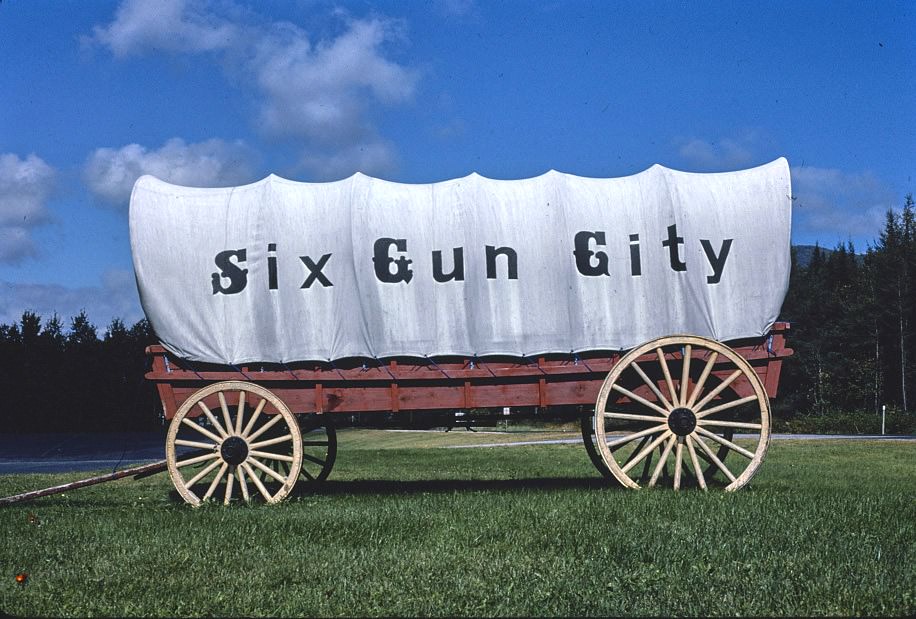







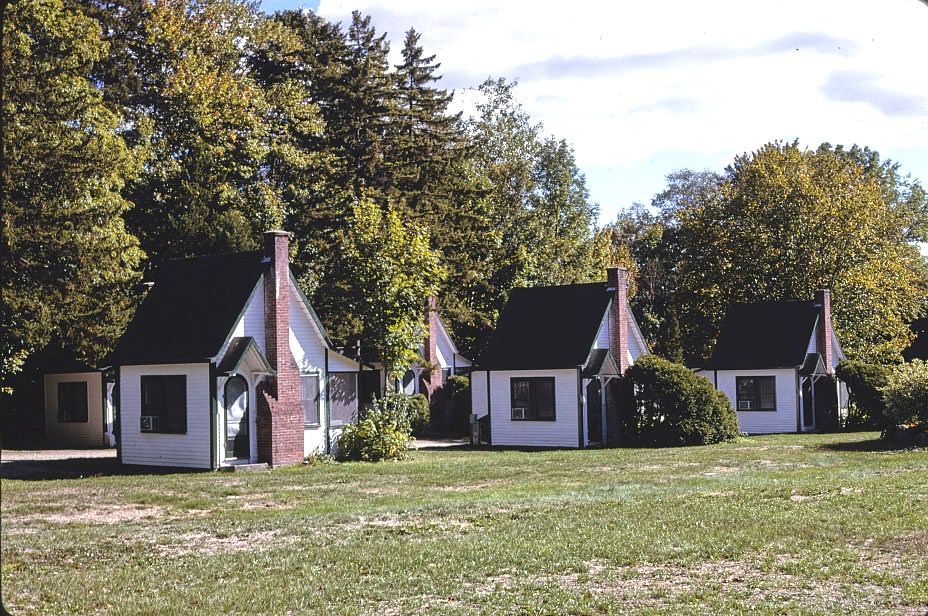




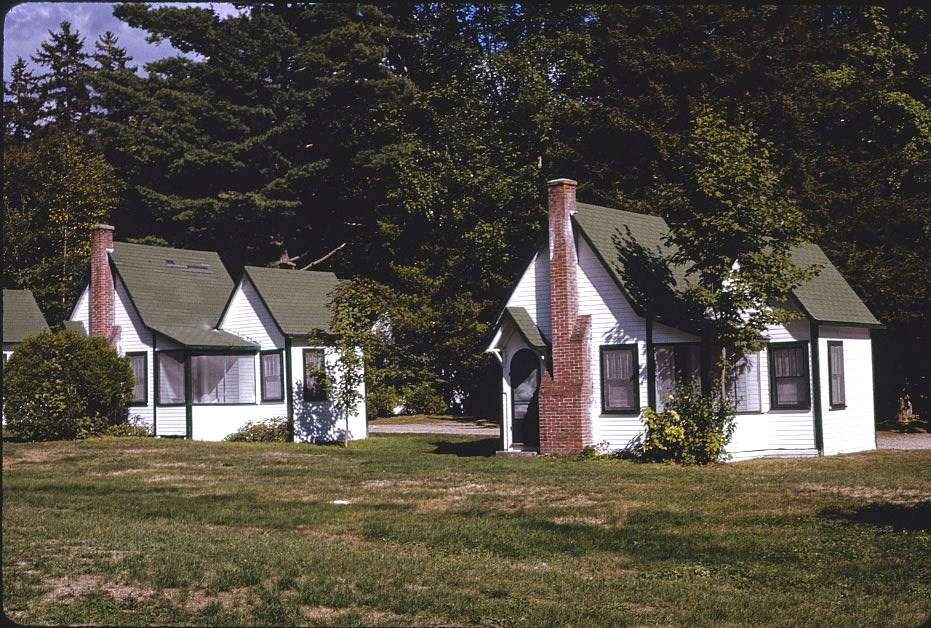
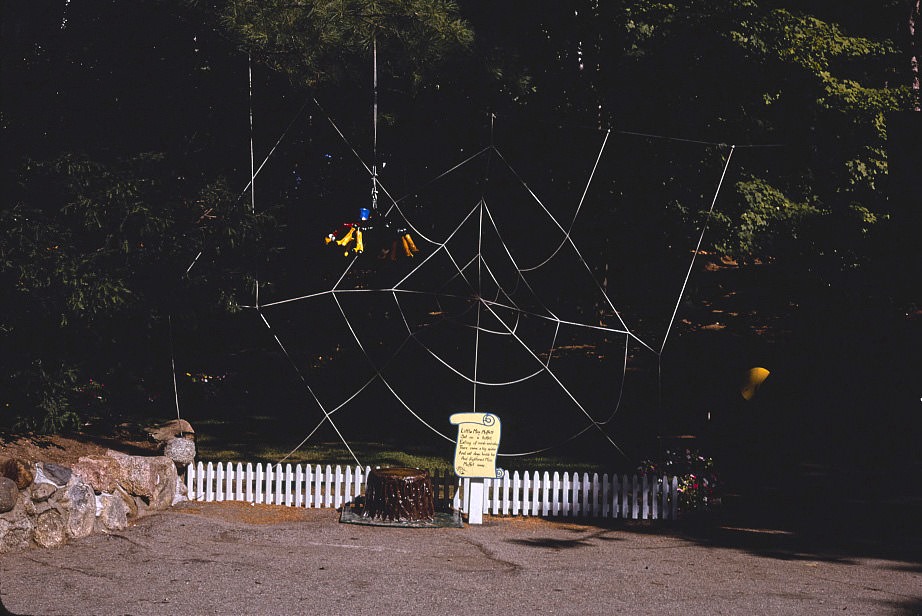













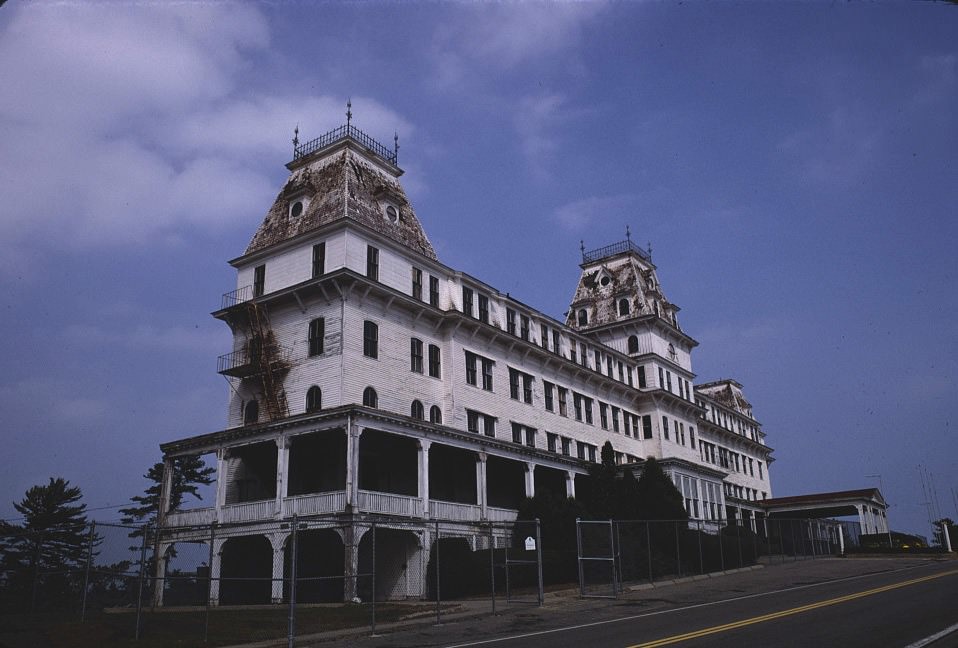


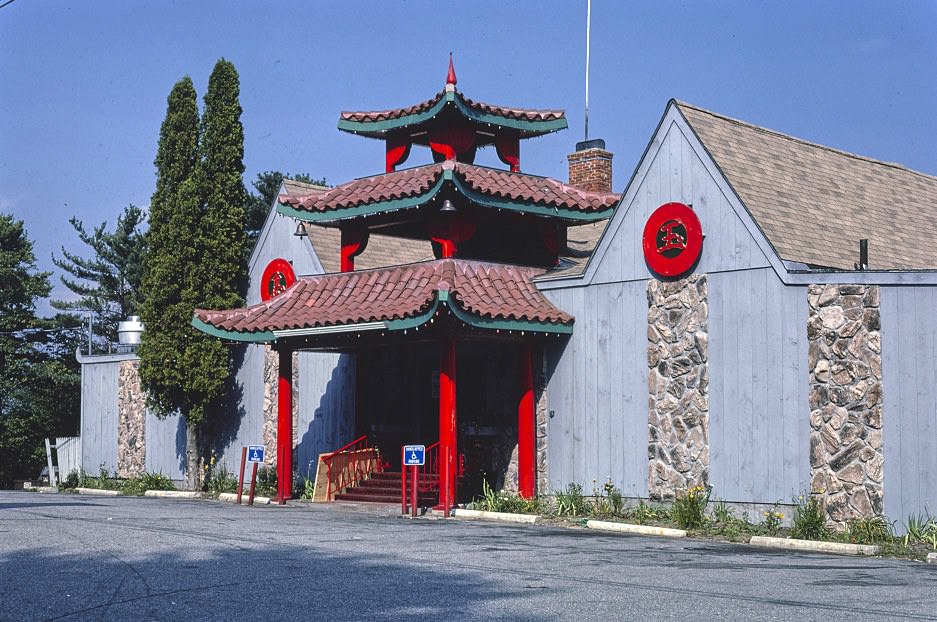


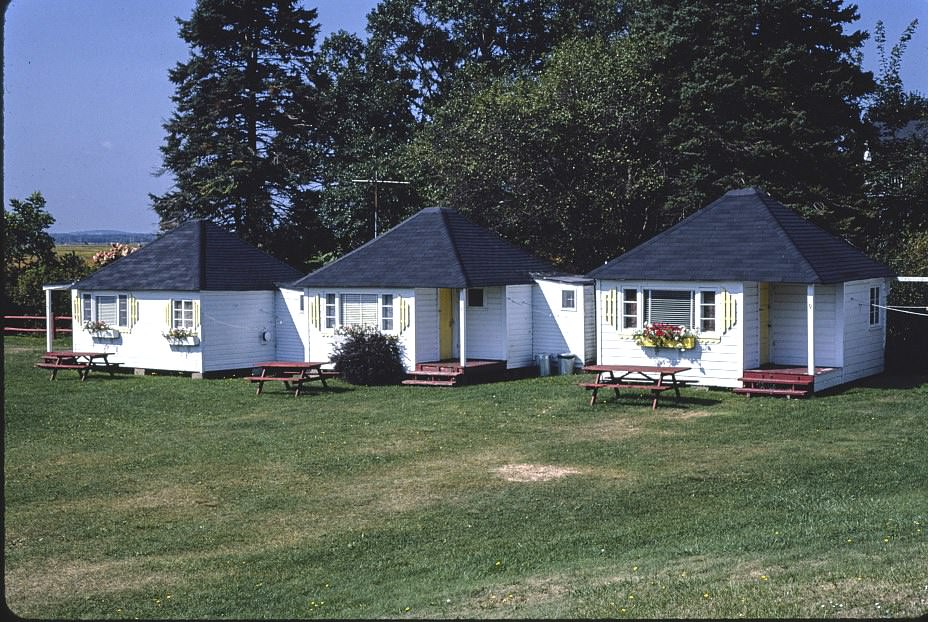









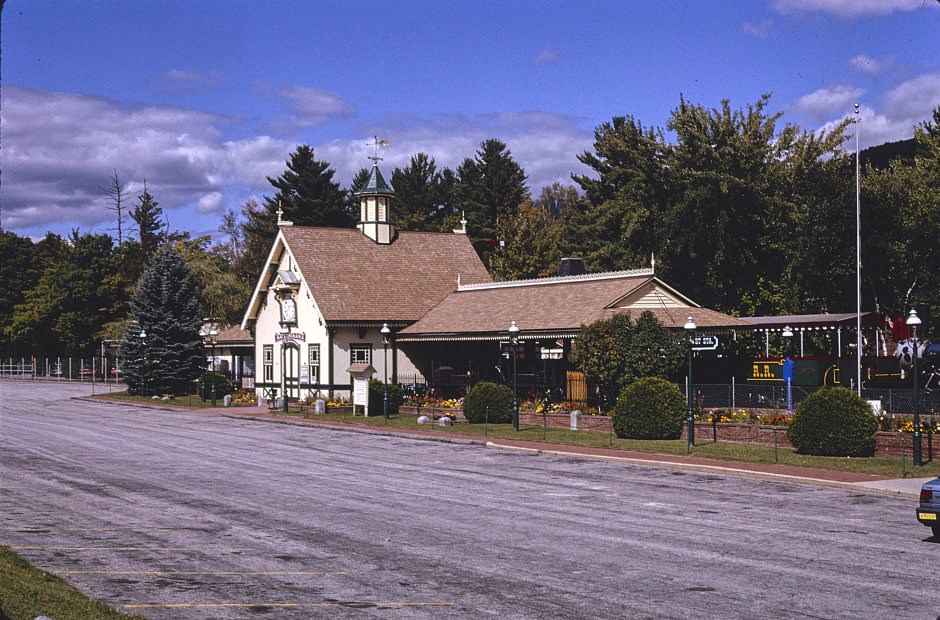





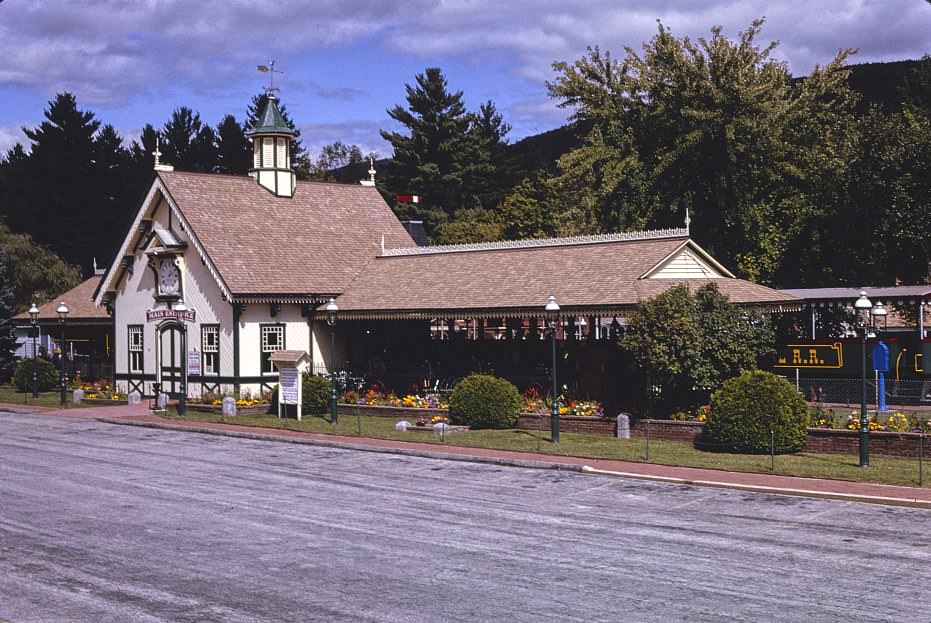
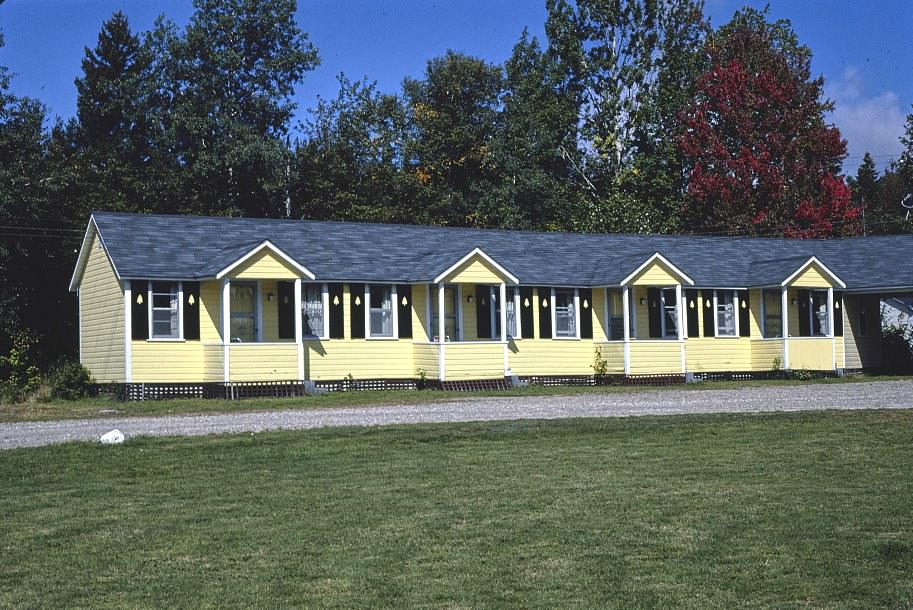



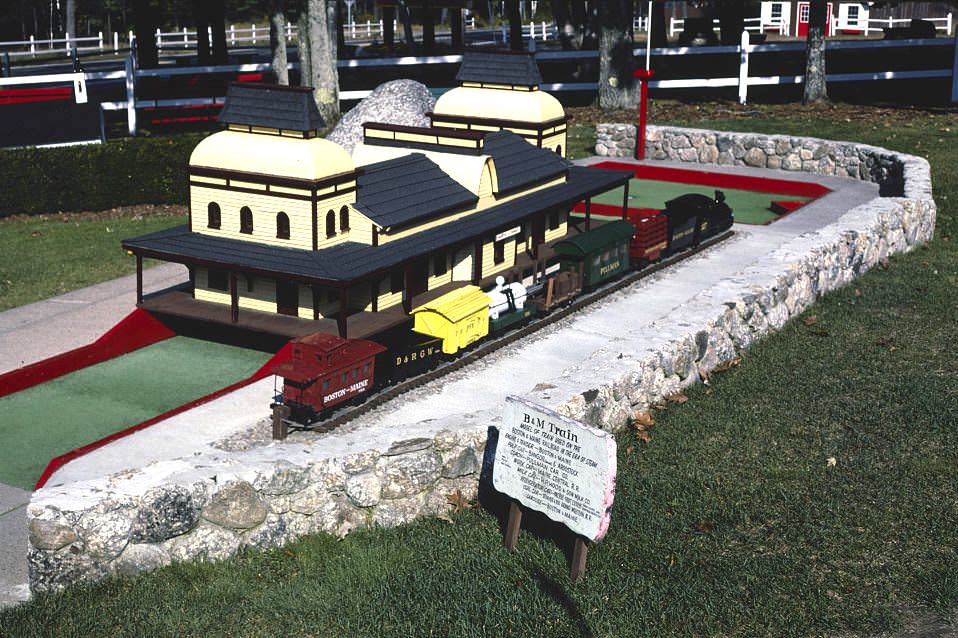
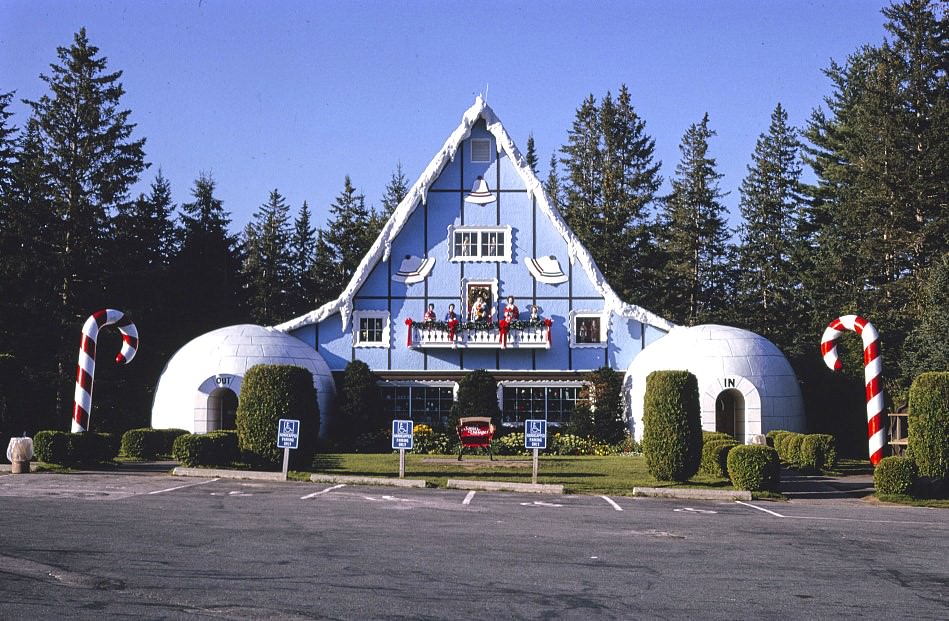






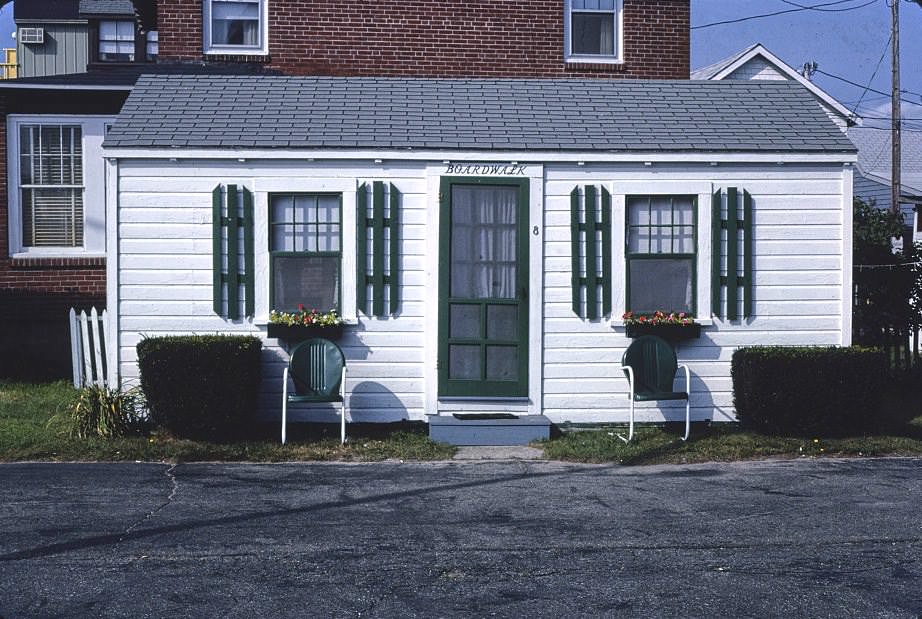






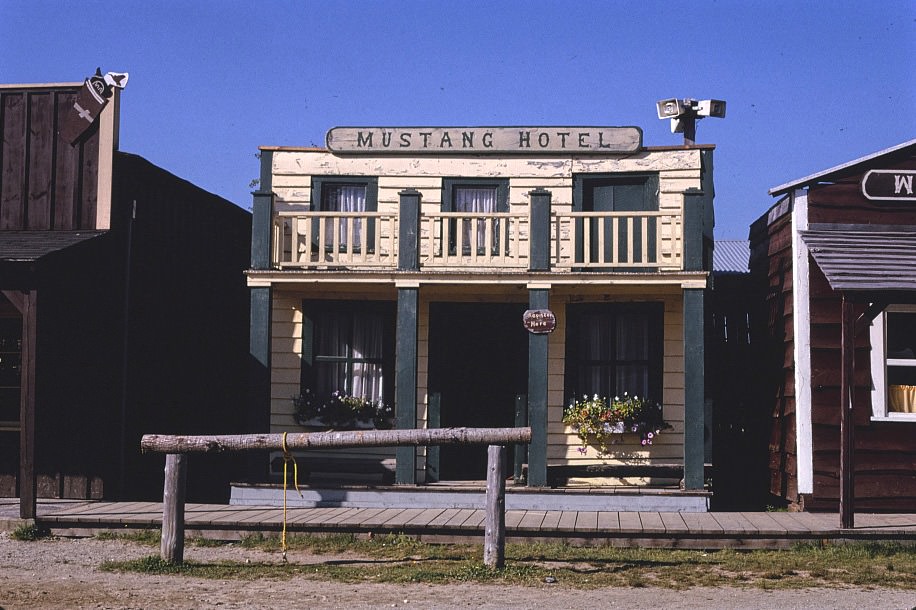






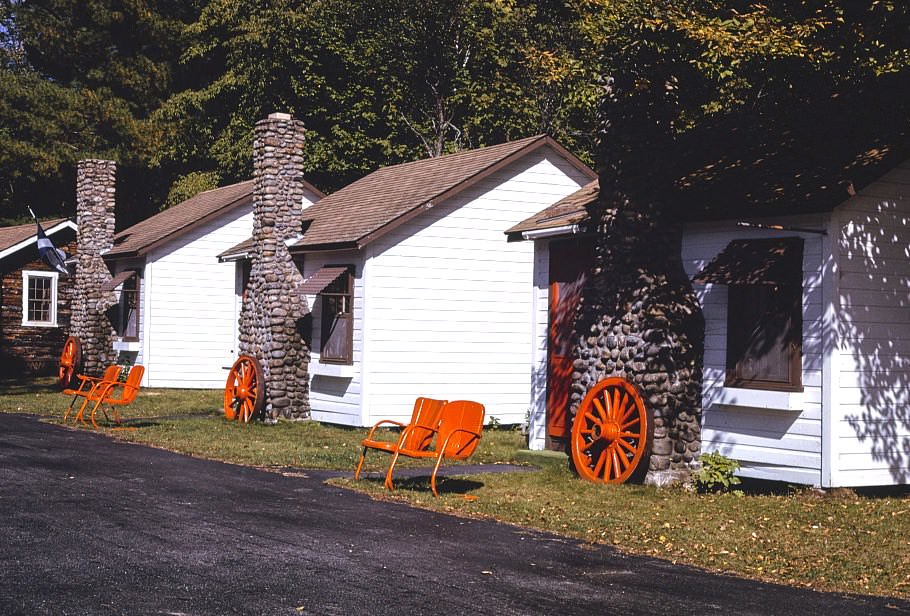


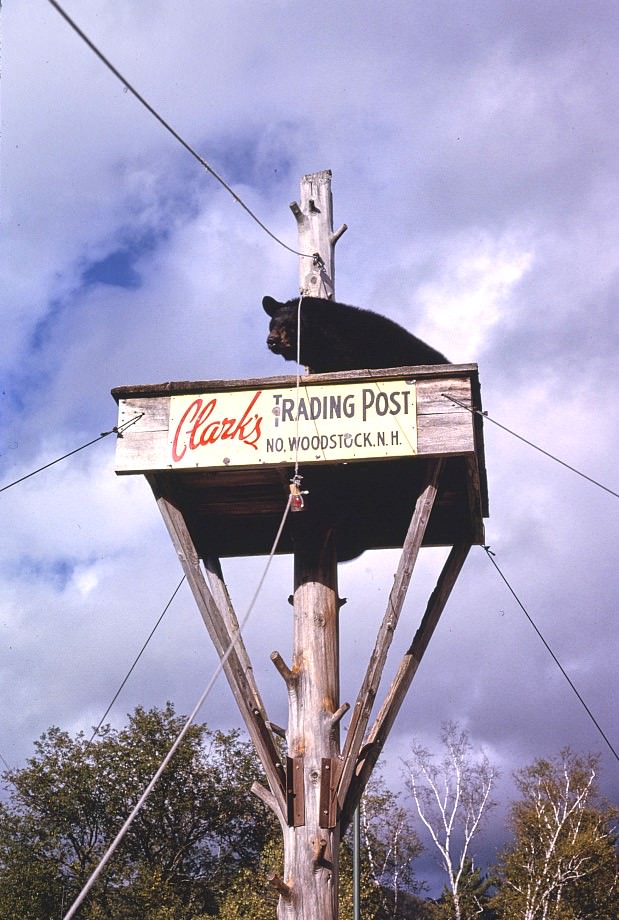
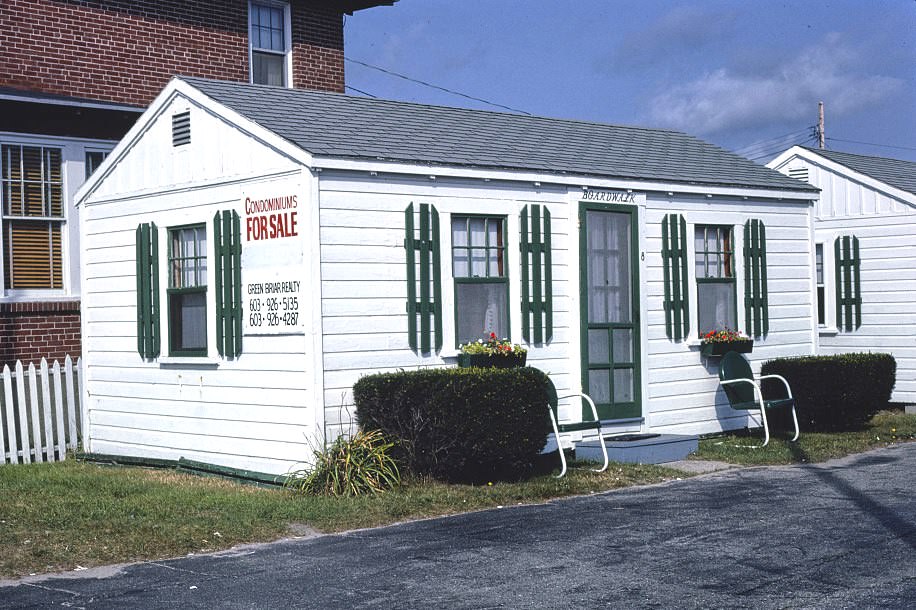

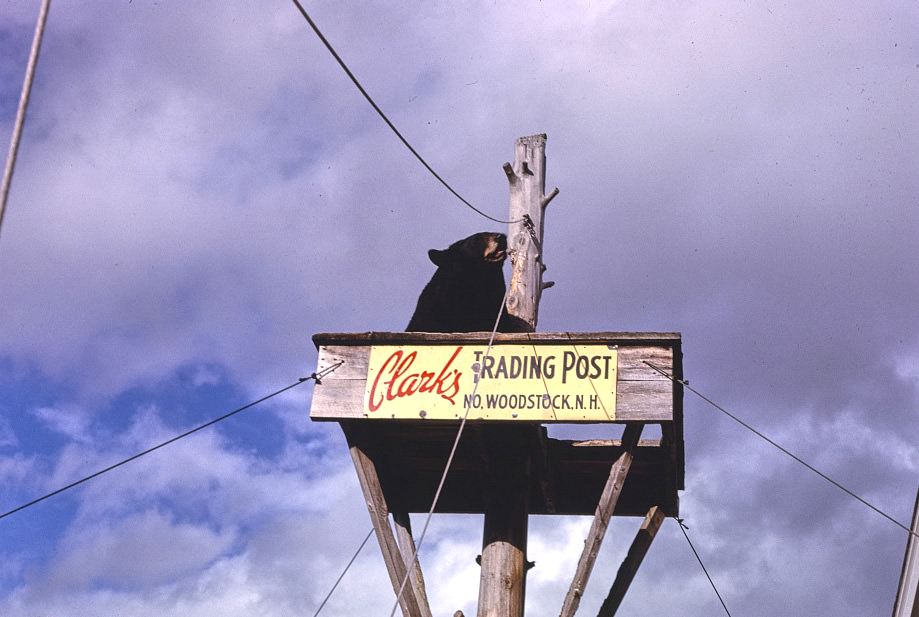
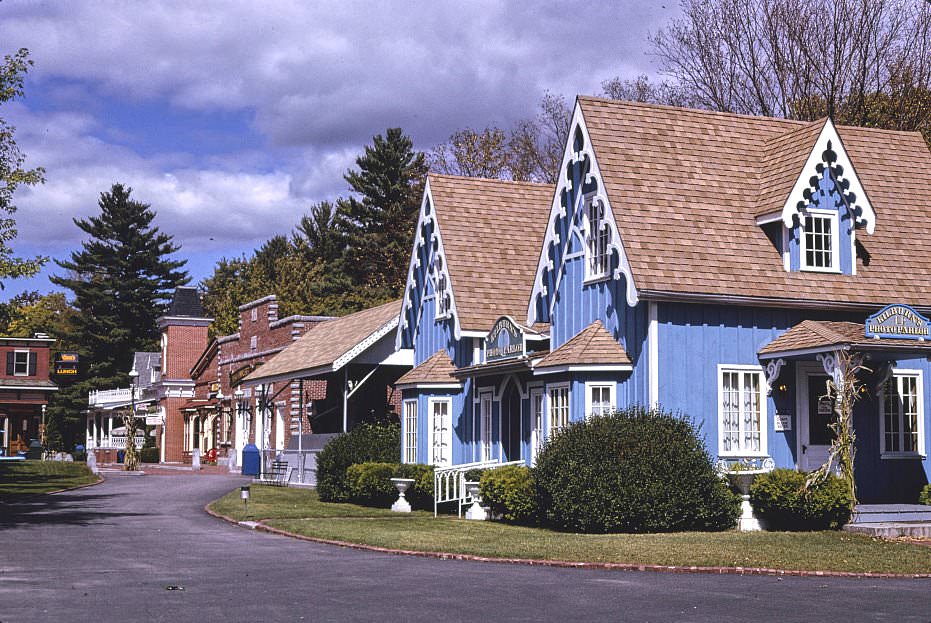
























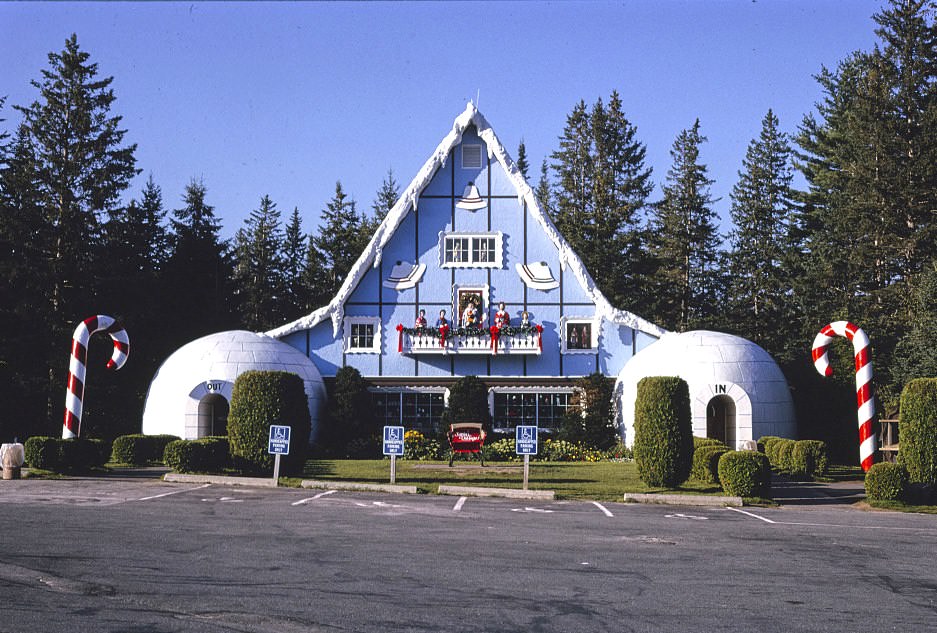

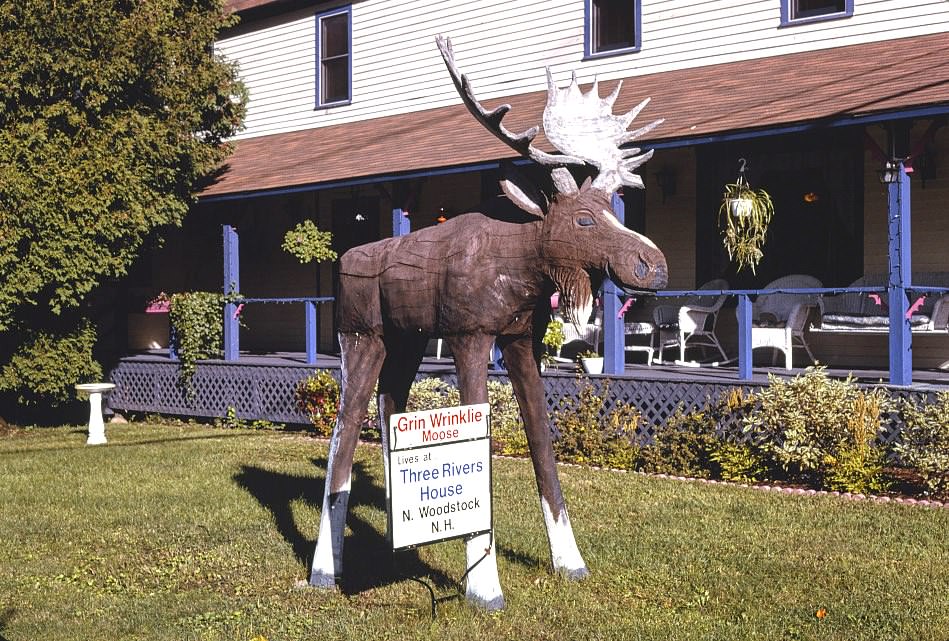





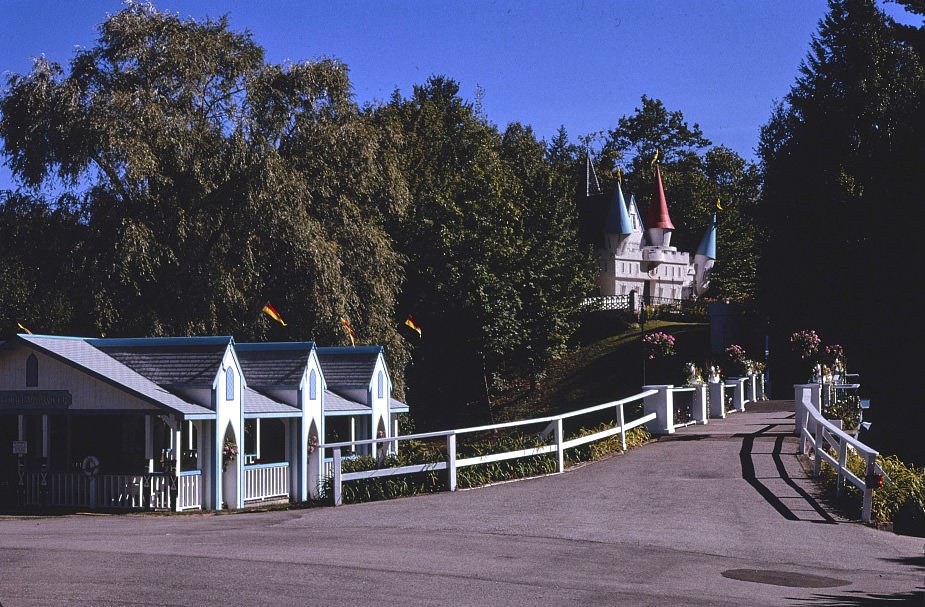









Storyland, Santa’s Village, Clark’s Trading Post, Wentworth by the Sea. Over and over again… That’s it.
How can you forget Six Gun City
Of all the places mentioned, Clark’s Trading Post is the only one that is genuinely remarkable. Take a train ride, observe the bears, and relish old-fashioned amusement that everyone in the family can enjoy.
There’s nothing quite like a half-naked homeless man armed with a gun to provide the classic children’s entertainment.
“Scram, ya old goat”
The pictures are lovely, but there’s too much repetition. Does anyone recall the name of the old general store that was situated near the Weirs Beach Drive-In just around the corner heading south? It was later demolished and replaced with condos. Thank you.
Across from Karl’s?
While much of the commercial activity remains in place, New Hampshire’s connectivity to the southern border was established via highways well before the 1980s. However, what has changed is the steady increase in automobile ownership and the consequent sprawl into the southern tier. Unfortunately, New Hampshire seems intent on emulating the rest of the US by introducing big-box stores and decimating downtown areas like Claremont, Manchester, and others through the construction of multi-lane suburban roads to accommodate the sprawl infrastructure. Since the late 70s, ABC New Hampshire has implemented this model to practically every roadway in the state, transforming most villages into traffic hubs that prioritize through traffic over the welfare of those who reside on the road. The effects are most apparent while crossing over into Vermont from New Hampshire. It’s ironic that New Hampshire is often portrayed as a quaint, idyllic, cow-filled state with charming villages at the border when the truth couldn’t be further from it. Development and automobile-centric engineering are the driving forces, with everything else being disregarded.
Glad to see the Empire Theater in that collection!
It’s almost all just old Santa’s village pictures. As if that’s the only place that matters in NH. Where’s a pic of the old man?